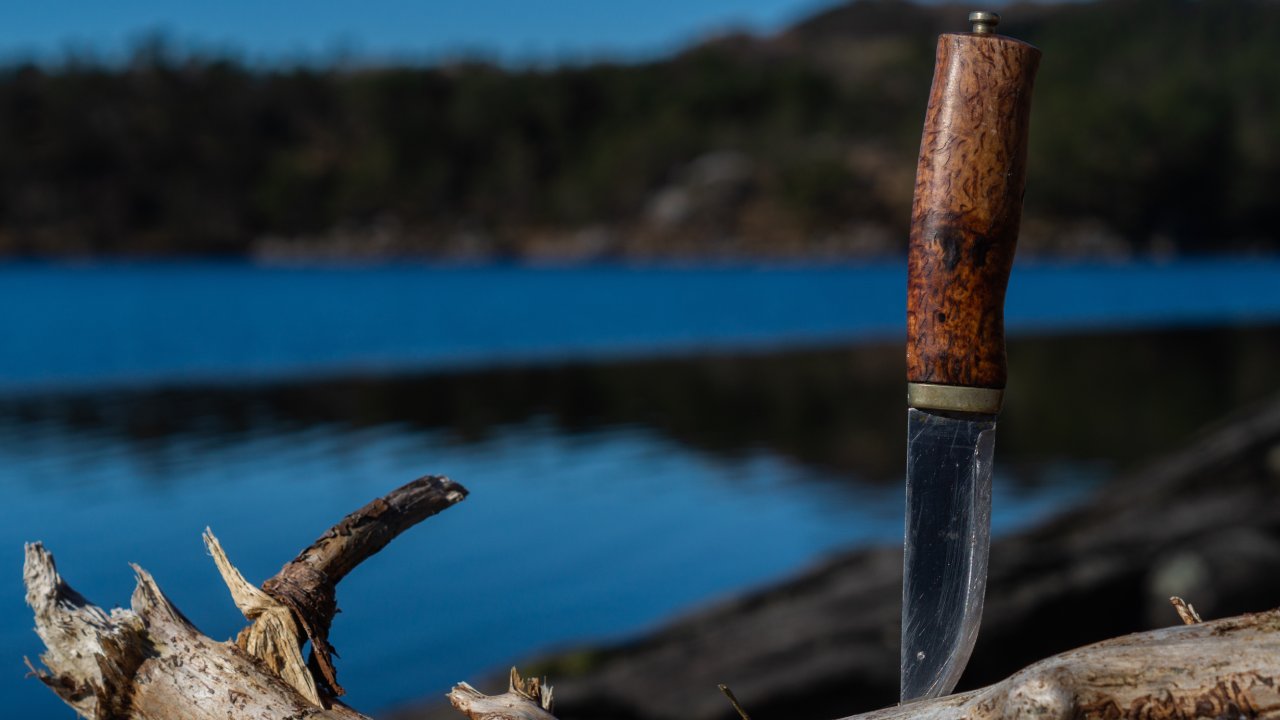Curious about how blade thickness affects your knives’ durability and longevity? Uncover the details on various types of knives to make an informed choice.
Category: Outdoor Skills | Survival
5 Ways to Make a Snare Trap (For Small Game)
Whether you are in a survival situation or catching food while you camp, knowing how to make a snare trap can go a long way in helping you out. Fortunately, there isn’t just one snare trap – there are many different kinds that help in different situations. having the right tools tools will make buiklding […]
Steel Wool Firestarter
A Steel Wool Firestarter is a cool trick, I have used a battery to light fine steel wool, and a match will light it just as well. This PDF is like the freezer document. It is really too short to bother downloading so I will just post the content here: An easy and dramatic way […]
How to Choose Binoculars
Here is an info-graphic on how to choose binoculars from Binoculars Today. I hope this is useful to you. I don’t normally post infographics, but this one seems to have some useful information for you. It talks about what the numbers like 109×50 mean. It also gives some information on lens coatings and prism types. […]
The More You Know the Less You Carry
https://www.youtube.com/watch?v=XxIUI401zuU I got my start with bushcraft as a child living on a state park. The man in the video above is Mors Kochanski who is a internationally known bushcrafter. He popularized the idea of the more you know the less you carry. I am sharing this video to explain a very important concept […]





